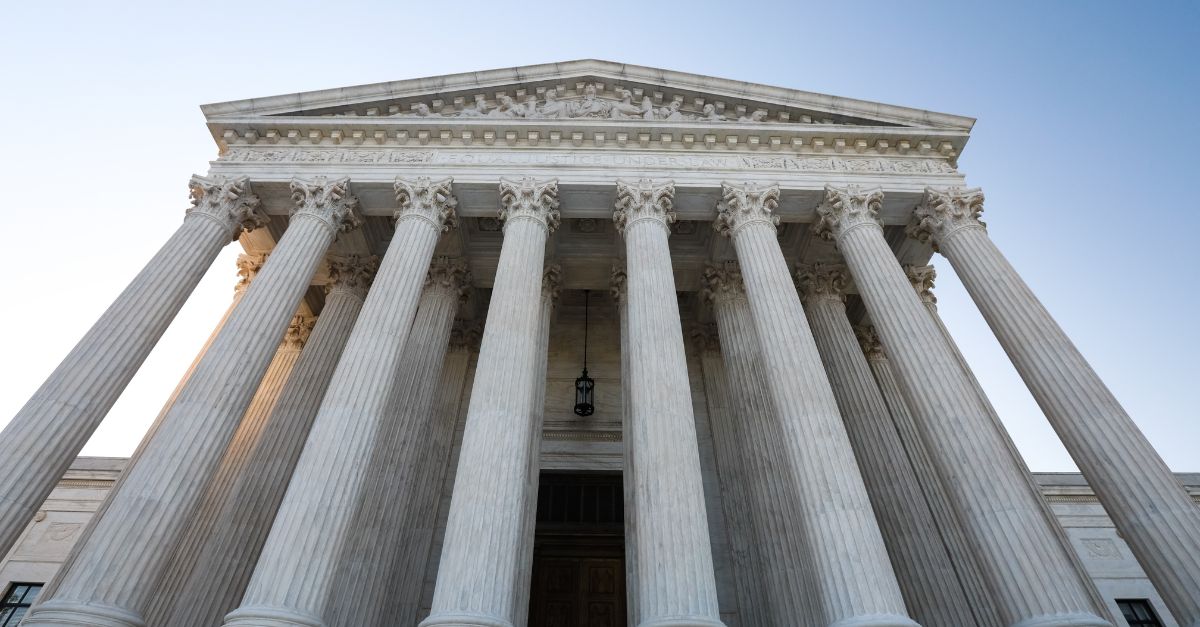Rule 16.1: What it is and how attorneys can ensure compliance
Jessie Hoerman
May 07, 2024

Mass Torts 360 Overview

Camp Lejeune

Boy Scouts of America

Mass Torts 360 Overview

Camp Lejeune

Boy Scouts of America


Multidistrict litigations (MDLs) are an increasingly large percentage of the federal docket; according to 2023 US Courts data, more than 70% of federal civil cases are part of a multidistrict litigation. As the number, and often the size, of MDLs continues to expand, members of both the plaintiffs’ and defense bar have sounded the alarm on the need for formal guidance for MDL courts that would help ensure this type of litigation remains fair and efficient for courts, attorneys, plaintiffs, and defendants alike.
Accordingly, in 2017, the Judicial Conference Advisory Committee on Rules of Civil Procedure created a subcommittee to gather information, undertake a review, and propose potential solutions. Following several years of input from the bench and bar about what’s working, and what isn’t, in multidistrict litigation, the Advisory Committee on Civil Rules voted in March 2023 to recommend the first rule to govern multidistrict litigation.
The rule was then subjected to extensive public feedback and received criticism and support from both the defense and plaintiffs’ bars. While the rule aims to address concerns from both sides, it didn't fully satisfy either party. For defense attorneys, the part of the rule focused on weeding out what they viewed as “meritless” claims in MDLs was considered a win, but other desired provisions were not included in the final version. Plaintiffs’ attorneys objected to the initial proposal for "coordinating counsel," and it was eventually adjusted. There were also some concerns about the absence of mandatory measures in the rule; i.e., the use of “should” rather than “must,” which the committee took into consideration but ultimately decided to keep in the proposed rule.
Ultimately, a compromise was struck that preserves judicial flexibility while offering guidance for MDL management and accommodating various stakeholders' interests. Earlier this month, the proposed rule was adopted by the Advisory Committee on Civil Rules. The suggestion from the committee now moves on to a standing committee, which could finalize its decision by June on whether to make it available for public feedback. Should it be made public, there will be a window of six months starting this August for the public to offer their comments on the regulation. After undergoing congressional scrutiny, the regulation could become effective by 2025.
Rule 16.1 of the Federal Rules of Civil Procedure is the first provision to specifically address MDLs. The rule outlines procedures and guidelines for managing MDL cases, particularly the critical initial case management phase of an MDL. It aims to streamline those proceedings by encouraging the early exchange of information between parties to prevent insufficient or meritless claims and defenses from clogging these complex litigations.
Key aspects of Rule 16.1 include provisions for early case assessment conferences, where parties involved in the MDL meet to discuss case status, potential settlements, and other relevant matters. This early communication aims to facilitate the resolution of cases and reduce litigation costs.
Rule 16.1 (a): Initial MDL Management Conference. After the Judicial Panel on Multidistrict Litigation orders the transfer of actions, the transferee court should schedule an initial management conference to develop a management plan for orderly pretrial activity in the MDL proceedings.
The rule also outlines the role of “coordinating counsel” as designated by the transferee court to 1) assist the court with the conference and (2) work with plaintiffs or with defendants to prepare for the conference and prepare any report ordered under Rule 16.1(c).
Overall, Rule 16.1 serves as a framework for courts and parties involved in MDLs to navigate the litigation process effectively and promote the fair and timely resolution of disputes.
As MDLs have grown over the years, technology has become even more crucial in providing individualized attention to cases at scale. A key focus of Rule 16.1 is ensuring the efficiency and transparency of MDLs from the very beginning of a case. Simply put, legal technology like SimplyConvert’s Mass Torts 360 is the only way to efficiently align the processes of client intake, case management, and case resolution with what is outlined in Rule 16.1.
Within an MDL, each client progresses through a standardized process from claim filing to settlement or litigation. This client life cycle is made up of steps that must be completed by every single client. Part of Rule 16.1 is ensuring that process is efficient, fair, and transparent.
That is where technology can make a huge difference through process documentation and data management. Process documentation using technology is a straightforward, yet powerful concept. It involves outlining the steps necessary to complete a task and then documenting each step, the responsible parties, and the tools required for the task's completion. Effective process documentation encompasses various actions, steps, feedback loops, and input from multiple employees, essential for managing complex legal proceedings like MDLs.
Ideally, there is a single platform that serves as the central hub for all tasks and data points that can be integrated with other processes for a seamless experience. If executed correctly, process documentation ensures the efficiency and transparency of the entire MDL.
Additionally, setting up these systems and processes allows for the automatic dismissal of claims that fail to adhere to meet the requirements of completing any single process. Claimants must meet a set of requirements that can include the below in order to move to the next step in the litigation:
Creating and maintaining a database with those processes and safeguards will not only appease defendants’ concerns over invalid claims, but it will also keep the MDL leadership informed at every stage of the litigation. As the MDL moves forward, these processes, requirements, and technology can be adapted as needed to continue maximizing efficiency and transparency in line with Rule 16.1.
If you’re interested in learning more about how SimplyConvert can help MDL leadership teams comply with Rule 16.1, please don’t hesitate to reach out to our team.